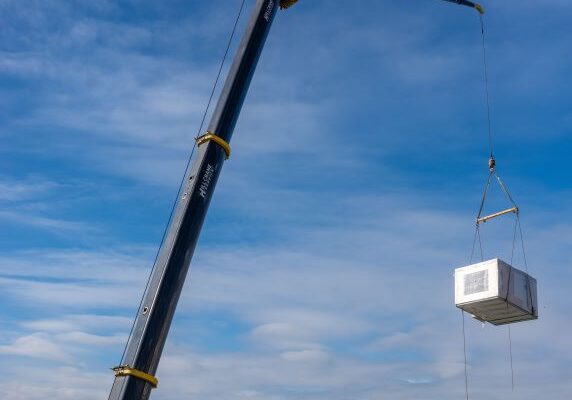We are currently managing a project where two Operating Rooms (OR) are being upgraded within an OR suite of six ORs. In order to reduce the impact to the OR Department, the OR department head has requested that we renovate one OR at a time.The first OR is wrapping up and should be completed and put back into service soon. Construction on the second OR is set to begin within a week.

In our weekly OAC meetings, the OR department head indicated that work in this second OR is adjacent to two other ORs that perform sensitive procedures such as eye surgeries where noise and vibration is of concern.
To address these concerns, the Contractor is communicating several times a day with the OR staff, keeping them aware of the activities of the day.
Some of the other measures being taken are:
Drill in anchors are being installed during early morning hours before surgery cases arrive in the suite.
Floor grinding and preparation is being performed over the weekend.
Draping of sound dampening blankets over the entrance to the OR.
Throughout this project, a great effort has been placed on Infection Control (IC) procedures that must be followed to protect both the patients being served and the staff involved with the surgeries. Noise and vibration was being dealt with as needed, but this article helped me see the importance to plan and anticipate noisy construction activities so as not to impair those who are performing surgeries.

As we work in healthcare environments, it is vital that we recognize the potential impacts to the patients being served. The focus of the construction team must be two-fold, the safety of those within these facilities, some of whom are patients being treated and/or may have compromised immune systems along with the safety of the various tradespeople.



